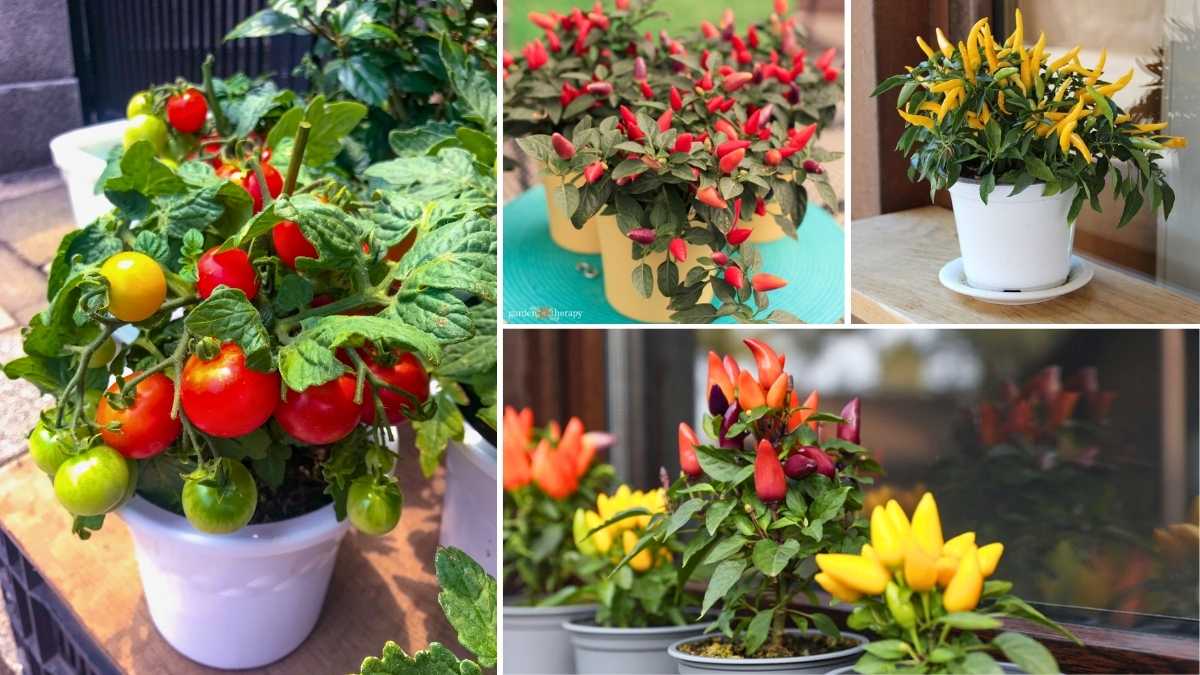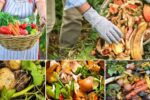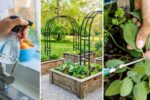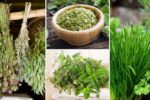Join on WhatsApp
Get the latest updates directly on WhatsApp – motivation, news & more!
Living in an apartment or a home without a backyard doesn’t mean you have to miss out on the joys of gardening. With a few containers, some soil, and the right sunlight, you can grow a surprising variety of vegetables right on your balcony, patio, windowsill, or even indoors. Container gardening is a flexible, space-saving way to bring fresh food into your life, no matter how limited your space may be.
Whether you’re a beginner or a seasoned gardener adjusting to smaller quarters, growing vegetables in pots offers more than just convenience. It gives you control over soil quality, reduces weed problems, and brings the satisfaction of harvesting your own produce, just steps from your kitchen.
Choosing the Right Containers
One of the first steps in starting a container garden is choosing the right pots. Almost anything that holds soil and drains well can be used ceramic pots, plastic planters, wooden boxes, even repurposed buckets or crates. What matters most is size and drainage.
Larger vegetables like tomatoes, peppers, and eggplants need deeper containers, ideally 12 inches or more. Root vegetables like carrots and beets also benefit from deep pots. Leafy greens and herbs, on the other hand, can thrive in shallower containers, around 6 to 8 inches deep.
Make sure your containers have drainage holes at the bottom to prevent water from pooling, which can lead to root rot. If they don’t, drill or poke holes yourself.
Picking the Right Soil
When it comes to growing in pots, garden soil just won’t cut it. It tends to be too heavy, poorly draining, and may harbor pests or diseases. Instead, opt for a high-quality potting mix designed for container gardening. These mixes are typically lighter, well-aerated, and often enriched with compost or slow-release fertilizers.
You can also make your own potting mix by combining equal parts compost, peat moss or coconut coir, and perlite or vermiculite. This mixture holds moisture while providing the drainage your plants need.
Best Vegetables to Grow in Pots
Not every vegetable is suited for container gardening, but many grow exceptionally well in pots. Here are some of the top picks for small-space gardeners:
Tomatoes
Tomatoes are container garden favorites. Choose compact or dwarf varieties labeled as “patio,” “bush,” or “determinate.” They do best in large pots with cages or stakes for support. Place them in full sun and keep the soil consistently moist.
Peppers
Both sweet and hot peppers grow well in containers. They enjoy warm conditions and full sunlight. A 3- to 5-gallon pot is usually sufficient for one pepper plant.
Lettuce and Leafy Greens
Lettuce, spinach, arugula, and other leafy greens are fast growers and thrive in shallow containers. They’re perfect for windowsills or shady patios with partial sunlight.
Radishes
Radishes are one of the fastest-growing veggies and do great in pots. A container that’s about 6 inches deep is enough. Plant seeds every couple of weeks for a steady harvest.
Carrots
Choose shorter or round varieties of carrots for containers, like ‘Parisian’ or ‘Thumbelina.’ They require a deep, loose soil to grow straight and healthy.
Green Beans
Bush varieties of beans are ideal for containers. Pole beans can also be grown in pots, provided you give them a trellis or support structure to climb.
Herbs
Basil, parsley, cilantro, thyme, chives, and oregano all grow beautifully in pots. Most herbs only need small containers and regular trimming to thrive.
Positioning Your Pots for Success
Most vegetables require at least 6 to 8 hours of direct sunlight per day. Choose the sunniest spot available balconies, rooftop patios, sunny windows, or a front step can all work.
If your space doesn’t get enough sun, consider growing leafy greens and herbs, which are more tolerant of partial shade. You can also supplement natural light with grow lights if needed.
Be mindful of wind exposure, especially on high balconies. Wind can dry out soil quickly and stress plants. Use windbreaks like lattice panels, railing covers, or taller plants to create shelter.
Watering and Feeding Your Plants
Potted plants dry out faster than those in the ground, especially in hot weather. Check soil moisture daily, and water when the top inch feels dry. In the heat of summer, you might need to water once or even twice a day.
Use a watering can with a gentle spout or a hose with a soft spray setting to avoid disturbing roots. Self-watering containers can be a great investment for consistent moisture control.
As for feeding, most potting mixes contain enough nutrients to get plants started, but regular feeding is essential for continued growth. Use a balanced, water-soluble fertilizer every two to four weeks, or follow the instructions on slow-release fertilizer packages.
Dealing with Pests and Problems
One advantage of container gardening is that pest problems tend to be smaller and easier to manage. However, aphids, spider mites, and fungus gnats can still show up.
Inspect your plants regularly. A blast of water or a neem oil spray can help manage most pests. Avoid overwatering, which can lead to fungal issues like root rot or powdery mildew. Good airflow between plants also helps prevent disease.
If one plant becomes infested or diseased, it’s much easier to isolate and treat in a container garden than in an in-ground setup.
Vertical Solutions for Small Spaces
Don’t just think horizontally look up. Vertical gardening can dramatically increase your growing space. Use hanging baskets, wall planters, trellises, and stacking containers to take advantage of vertical areas.
Pole beans, cucumbers, and even compact squash varieties can be trained to grow upward on supports. Hanging pots can hold trailing herbs or strawberries. Wall-mounted planters are great for herbs and shallow-rooted greens.
These creative solutions not only save space but can also add a lush, green aesthetic to your home.
Harvesting and Replanting
One of the joys of container gardening is the quick turnaround time for many crops. Leafy greens and herbs can be harvested repeatedly through the season. When one plant finishes producing, you can easily remove it and replant the pot with something new.
Use succession planting to keep your harvest going. For example, after radishes are harvested, replace them with bush beans. After lettuce bolts in the heat, switch to basil or another warm-weather crop.
This rotation keeps your pots productive from early spring through fall, even in the smallest of spaces.
Final Thoughts on Growing Veggies in Pots
You don’t need a backyard or even a garden bed to grow your own vegetables. With containers, a bit of sun, and a touch of creativity, you can transform balconies, patios, or even windowsills into productive mini-farms.
Container gardening is more than just a practical solution for tight spaces it’s a satisfying, hands-on way to connect with your food. Each pot is an opportunity to experiment, to learn, and to enjoy the fruits (or vegetables) of your labor.
No backyard? No problem. The only thing you really need is the willingness to start.




